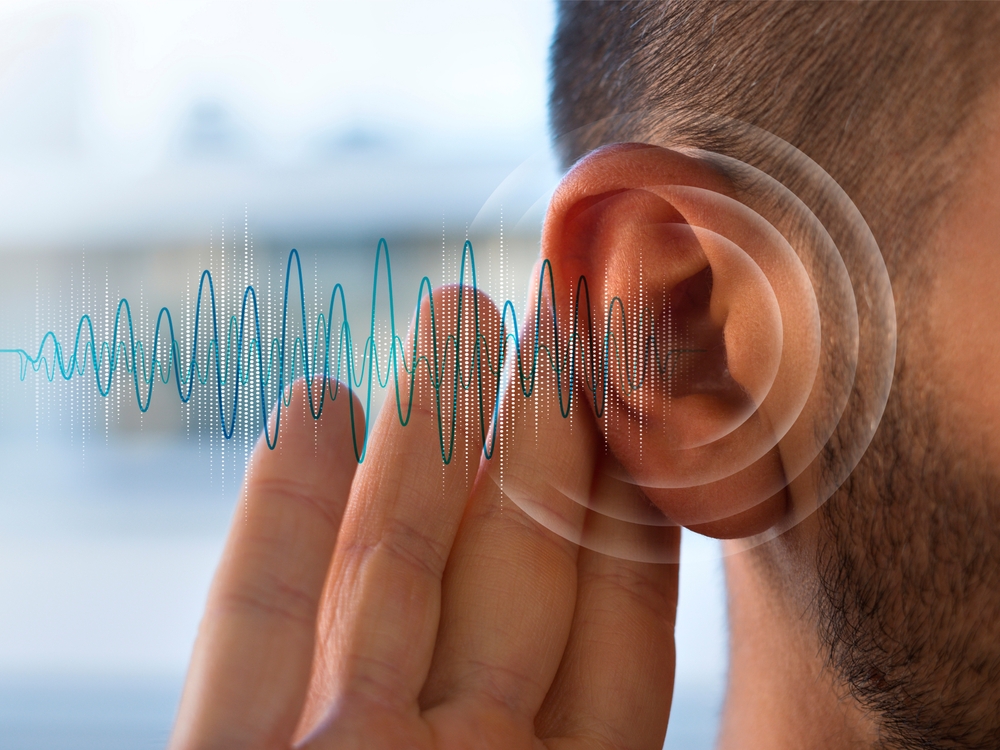
Our ears are frequently what carry the load of unintentional harm from neglect in our busy daily lives. From the allure of ear candling to the seemingly harmless act of utilizing cotton swabs, our hearing health can suffer from these common yet perilous practices. What follows are a few practices you can use to help protect the health of your hearing.
Ear candling is a no-no
Ear candling, an ancient practice purported to extract earwax and improve ear health, has gained popularity in spite of lacking scientific merit. The process involves inserting a hollow candle into the ear canal and lighting the opposite end, with the notion that a vacuum is created, drawing out impurities. This practice, however, has been proven in a number of studies to not only be ineffective, but also extremely risky.
Not only does ear candling fail to remove earwax efficiently, but it also poses considerable risks. The application of heat near the sensitive structures of the ear can result in burns, perforated eardrums, and even aggravate existing problems. Also, the residue left behind after ear candling often consists of candle wax and debris rather than extracted earwax.
Medical professionals always warn against ear candling because of these findings. There are safer methods of cleaning your ears than cotton swabs and the FDA and the Academy of Otolaryngology (AAO) warn against using them.
No more cotton swabs
The allure of cotton swabs for ear cleaning is unquestionable, with many people turning to these seemingly harmless tools for maintenance. However, contrary to public opinion, inserting cotton swabs into the ear canal presents more risks than benefits. Impaction and possible injury can be the result of using cotton swabs rather than actually cleaning out earwax.
The eardrum is delicate and objects such as cotton swabs can cause substantial damage. Pain, infection, and hearing loss can all be the outcomes of perforations or abrasions of the eardrum. It would be better to obtain professional assistance if necessary or otherwise rely on your ear’s self-cleaning ability rather than putting any object in the ear.
Keep volumes to a minimum
In a progressively noisy world, our ears are constantly bombarded by sounds of varying volumes. Exposure to loud sound is inevitable, from attending sporting events and concerts to walking down noisy city streets to mowing your lawn. Nonetheless, sustained or excessive exposure can have harmful effects on auditory health, leading to noise-induced hearing loss or tinnitus.
To decrease the threat of hearing damage, it is critical to be conscious of noise levels and take proactive steps to safeguard your ears. This includes using hearing protection, like earmuffs or earplugs, in loud settings and restricting exposure to loud sounds whenever you can.
Additionally, when utilizing personal audio devices, like headphones or earbuds, maintaining a moderate volume and taking regular rests can help maintain hearing health.
If you detect any symptoms, act promptly
Perhaps the most crucial aspect of sustaining optimal hearing health is being attentive to the signals your ears provide and taking prompt action in response to any concerning symptoms. If you wait to get your hearing loss treated you will probably worsen the issue.
If you have symptoms like ringing in the ears, trouble understanding speech, or pain or pressure in your ears, it’s essential that you recognize it. Make an appointment with us as soon as possible if you experience any of these symptoms. Your hearing outcomes as well as your quality of life will be substantially increased by early detection and intervention.
In conclusion, the health and well-being of our ears are vital in navigating the sensory landscape of our lives. By embracing these four practices, avoiding ear candling and cotton swabs, protecting against loud noise, and understanding early warning signs, we can preserve our precious sense of hearing and cherish the symphony of sounds that enhance our existence.
Call us immediately for an assessment if you are suffering from ear damage or hearing loss.

